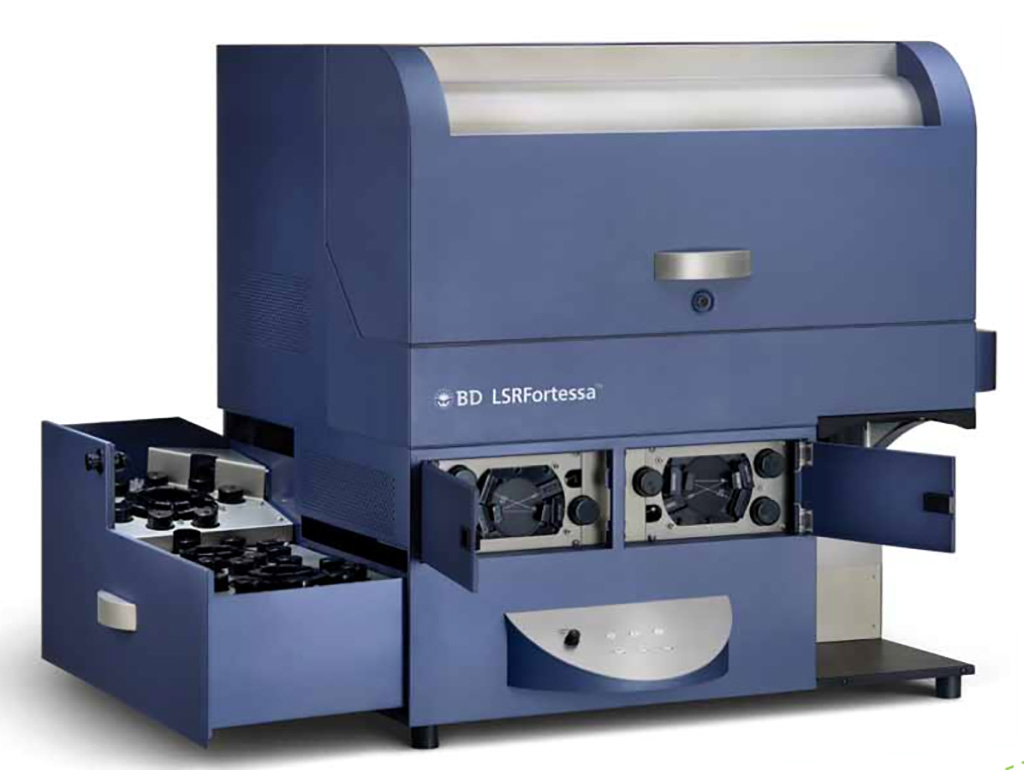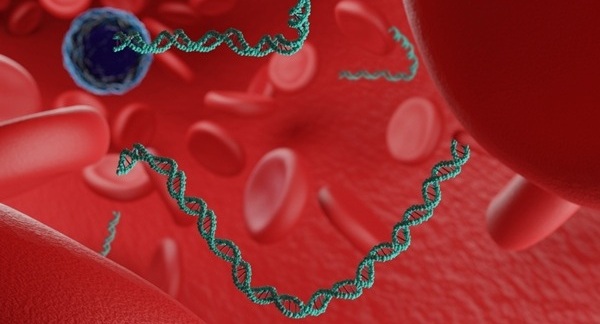Environmental Allergens Trigger Type 2 Inflammation Through Ripoptosome Activation
By LabMedica International staff writers
Posted on 27 Sep 2021
Environmental allergens, including fungi, insects and mites, trigger type 2 immunity; however, the innate sensing mechanisms and initial signaling events remain unclear. The allergens trigger activity among an interlocked set of cell death-inducing signals called the ripoptosome. Posted on 27 Sep 2021
Although myeloid cells prime adaptive immunity in generating IgE3 and type 2 T helper cell (Th2) responses, allergens are initially recognized by the innate immune system, triggering downstream responses leading to production of type 2 effectors, before the initiation of adaptive immunity.

Image: BD LSRFortessa is a high-end cell analyzer. It is equipped with four lasers allowing for up to 16 colors (18 parameters) analysis (Photo courtesy of ETH Zurich)
Immunologists and their colleagues at the Cincinnati Children’s Hospital Medical Center (Cincinnati, OH, USA) recently reported that allergens trigger RIPK1–caspase 8 ripoptosome activation in epithelial cells. The active caspase 8 subsequently engages caspases 3 and 7, which directly mediate intracellular maturation and release of interleukin-33 (IL-33), a pro-atopy, innate immunity, alarmin cytokine. The team used different cell line and murine models. Data were acquired on a BD LSRFortessa flow cytometer (BD Biosciences, San Jose, CA, USA). In IL-33 secretion assays, the concentration of released IL-33 in cell culture supernatants was determined by ELISA (R&D Systems, Minneapolis, MN, USA).
The team reported that mature IL-33 maintained functional interaction with the cognate ST2 receptor and elicited potent pro-atopy inflammatory activity in vitro and in vivo. Inhibiting caspase 8 pharmacologically and deleting murine Il33 and Casp8 each attenuated allergic inflammation in vivo. Clinical data substantiated ripoptosome activation and IL-33 maturation as likely contributors to human allergic inflammation. They found that in the human allergic disease eosinophilic esophagitis ripoptosome activation markers and mature IL-33 levels dynamically correlated with the degree of esophageal eosinophilia and disease activity.
Marc Rothenberg, MD, PhD, Director of the Division of Allergy and Immunology at Cincinnati Children’s and senior author on the study, said, “Disrupting this allergen sensing pathway could provide a unique opportunity to counteract type 2 immunity and alleviate allergic inflammation.”
The authors concluded that their findings reveal an epithelial barrier, allergen-sensing mechanism that converges on the ripoptosome as an intracellular molecular signaling platform, triggering type 2 innate immune responses. These findings have significant implications for understanding and treating human allergic diseases. The study was published on September 16, 2021 in the journal Nature Immunology.
Related Links:
Cincinnati Children’s Hospital Medical Center
BD Biosciences
R&D Systems













